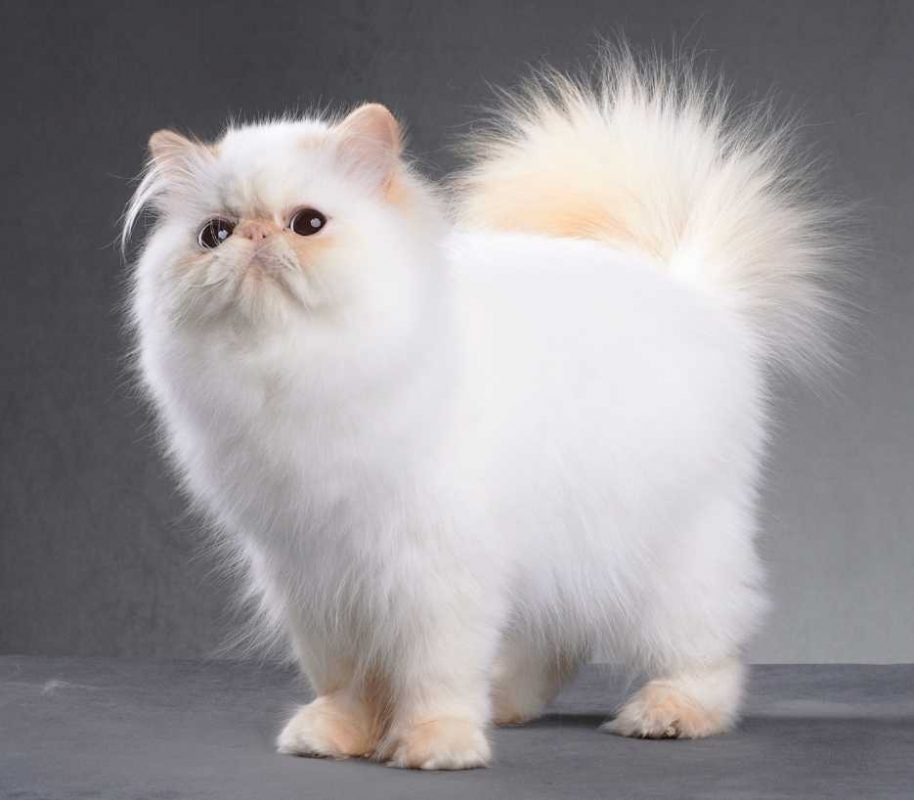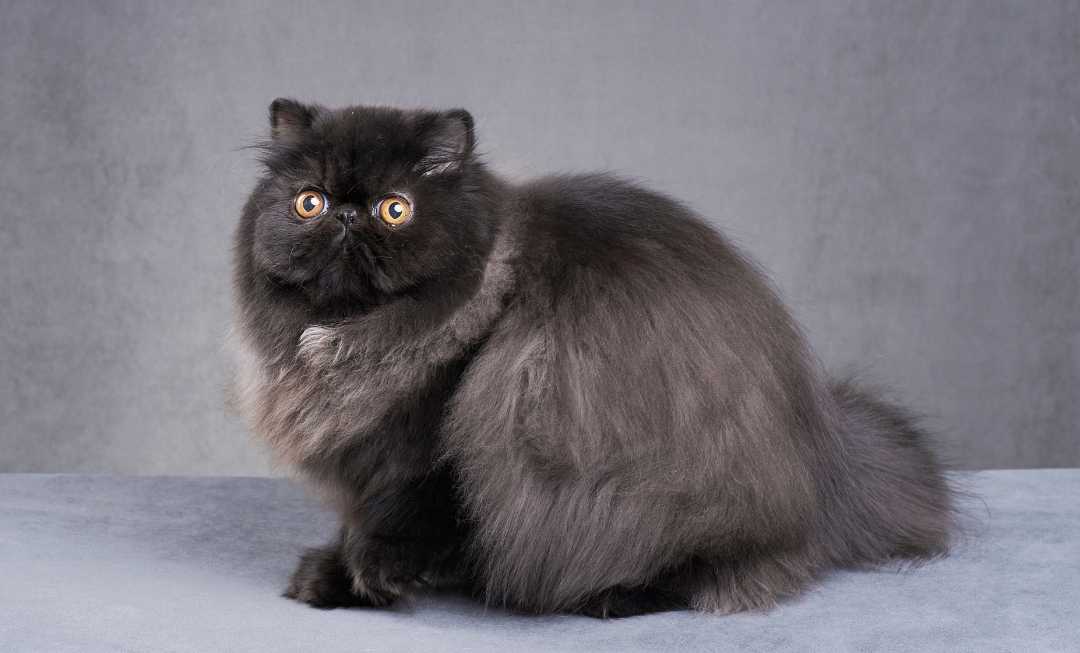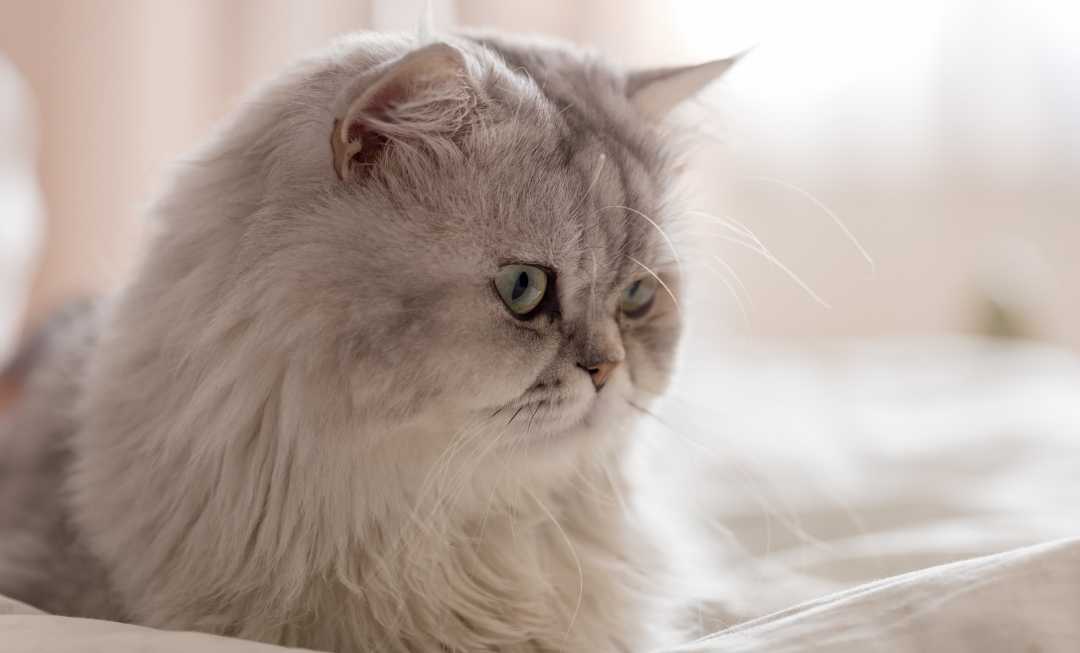
Let me introduce you to the Persian cat—the epitome of feline elegance and grace. With their luxurious, long fur, distinctive flat faces, and captivating eyes, Persians have captured the hearts of cat lovers worldwide. Renowned for their calm and gentle demeanor, these beautiful cats have become one of the UK’s most cherished pedigree breeds. Their affectionate nature and regal presence make them not just pets but cherished members of the family. Whether lounging in a sunbeam or playfully engaging with their human companions, Persian cats embody a unique blend of beauty and personality that continues to enchant enthusiasts.
They are revered for its glamorous appearance, the Persian cat’s origins trace back to cats brought to Italy from Iran around 1620 by Italian composer Pietro della Valle and to France from Turkey by French astronomer Nicholas-Claude Fabri de Peiresc. However, recent genetic research suggests today’s Persian may be more closely related to cats from Western Europe. Regardless of their ancestry, Persian longhair cats were showcased at the first-ever cat show at the Crystal Palace on July 13, 1871. If you could travel back in time to that event, you’d likely find the Persians of Victorian times quite different from today’s selectively bred beauties.
Persian cats are known for their charming and gentle nature, making them ideal family pets. They thrive in calm, routine-oriented households and get along well with other cats and dogs. However, they might find more energetic breeds overwhelming. While they may not be high jumpers, Persians are playful and enjoy interacting with their human companions. They’re affectionate, love being gently handled, and often curl up on your lap or beside you. Their quiet voices and expressive eyes make them masters at grabbing your attention without making a fuss.

Persians are medium to large-sized cats with a robust build. They feature a round head with a broad skull, smooth contours, and small, round-tipped ears. Their large, round eyes are set wide apart, giving them a sweet, open expression. The nose is short and broad with a well-defined stop, and the cheeks are full and round. They have a short, thick neck leading to a cobby body, low legs, broad chest, shoulders, and rump. Their legs are thick, and their paws are large and round. To complement their rounded shape, Persians have a short, well-furnished tail.
Their crowning glory is their long, thick, fine, soft coat. In colder months, a full frill frames their face and covers their shoulders, extending into a deep frill between the front legs. Persians come in a variety of colors and patterns, including:

Maintaining a Persian coat requires daily grooming, but it doesn’t have to be a chore. Depending on the time of year and the coat’s length and thickness, a regular 10-minute grooming session with a wide-toothed comb and a smaller comb for the face and legs will keep your Persian looking beautiful and comfortable. Pay special attention to areas under the front legs, the trousers, under the tail, ears, and claws.
If you’re buying a Persian kitten, the breeder should demonstrate how to groom it and maintain a grooming routine. To prevent staining, clean your Persian’s eyes with cotton wool and warm, boiled water.
Persians, a brachycephalic breed, have broad, short skulls, so ensure their type isn’t too extreme for their health and comfort. All breeding Persians should be DNA tested for Polycystic Kidney Disease (PKD) and Progressive Retinal Atrophy (PRApd). When purchasing a Persian kitten, ensure the breeder provides DNA-negative test results for the parents along with other necessary paperwork.
Generally healthy, Persians can live to around 14-15 years, with many living longer. Remember, while breed profiles provide general characteristics, every cat is unique.
Discovering the Persian cat breed opens a world of elegance, affection, and timeless beauty. Their gentle nature and stunning looks make them a favorite among cat lovers. If you’re considering adding a Persian to your family, you’re in for a delightful experience.
Unleash the secrets to feline happiness! From picking the purr-fect breed to mastering grooming techniques and choosing the healthiest foods, we’ve got you covered. Get top-notch advice from world-renowned veterinarians, cat behaviorists, and groomers.
🐾 Visit our blog and become the ultimate cat parent! 🐾
Felinopedia is an online cat encyclopedia dedicated to sharing valuable information with (new) cat parents. We aim to help you give your furry friend the best tools and advice for a long, happy, and healthy life.
Join us on this journey to ensure your cat’s wellbeing.
Happy Cats, Happy Life